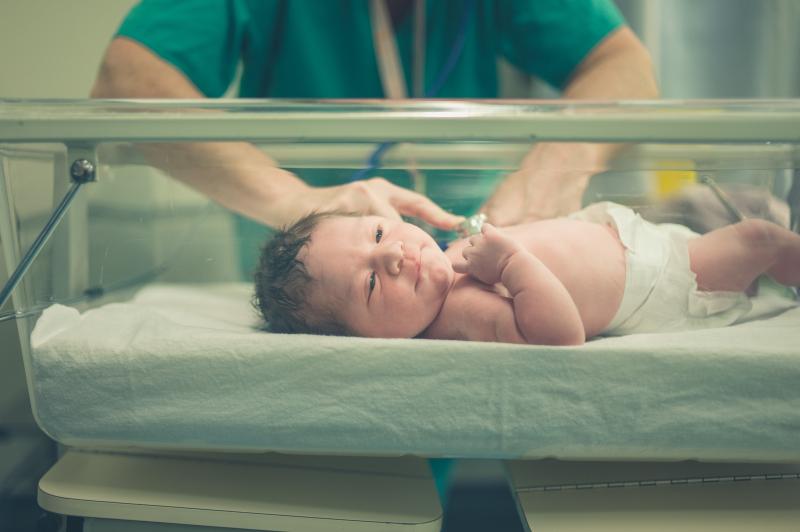
Shockwave lithotripsy (SWL) is safe and effective for infants with urolithiasis, which may be considered as a first-line treatment option in this population for whom other endourological modalities are not always applicable, according to a study. Furthermore, the Dogan nomogram reliably predicts the stone-free rate in this age-group.
The study included 260 renal units involving paediatric patients aged <24 months (median, 15 months) at the time they underwent SWL. The median stone size of the population was 8 (3–30) mm, with 19.6 percent of infants having multiple stones and 23.4 percent having lower calyx stones. The median follow-up duration was 7 (3–20) months.
A total of 15 patients (5.8 percent) developed complications, including nine with steinstrasse, three with urinary tract infection, two with vomiting and one with haematuria. More than half of the population (n=148; 56.9 percent) were stone-free after the first session, whereas 46 of the 112 patients who had failed the first session underwent second session. A total of five had a third session. The efficacy quotient was 57 percent.
Younger age (≤16 months), single stone, small stone size (<10 mm) and nonlower pole location emerged as significant predictors of stone clearance on univariate analysis. However, only younger age and single stone remained significant on multivariate analysis.
Receiver operating characteristic (ROC) curve analysis showed 16-month age (area under the curve [AUC], 0.614; p=0.002) and a stone size <10 mm (AUC, 0.592; p=0.011) to be a good cutoff point to predict better stone clearance.
A Dogan nomogram cutoff score of ≤150 performed well for predicting better stone clearance (AUC, 0.717; p<0.001). Patients who were stone-free after first session had a lower Dogan nomogram score (median, 52 vs 121; p<0.001).